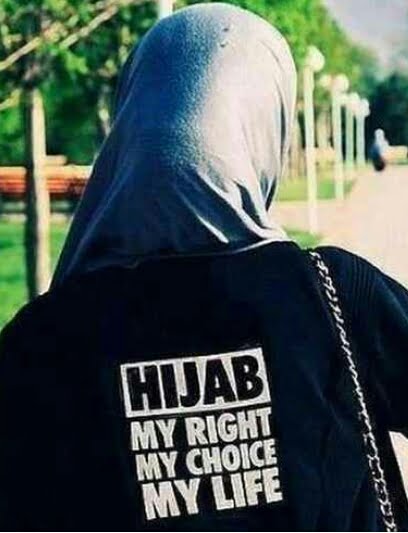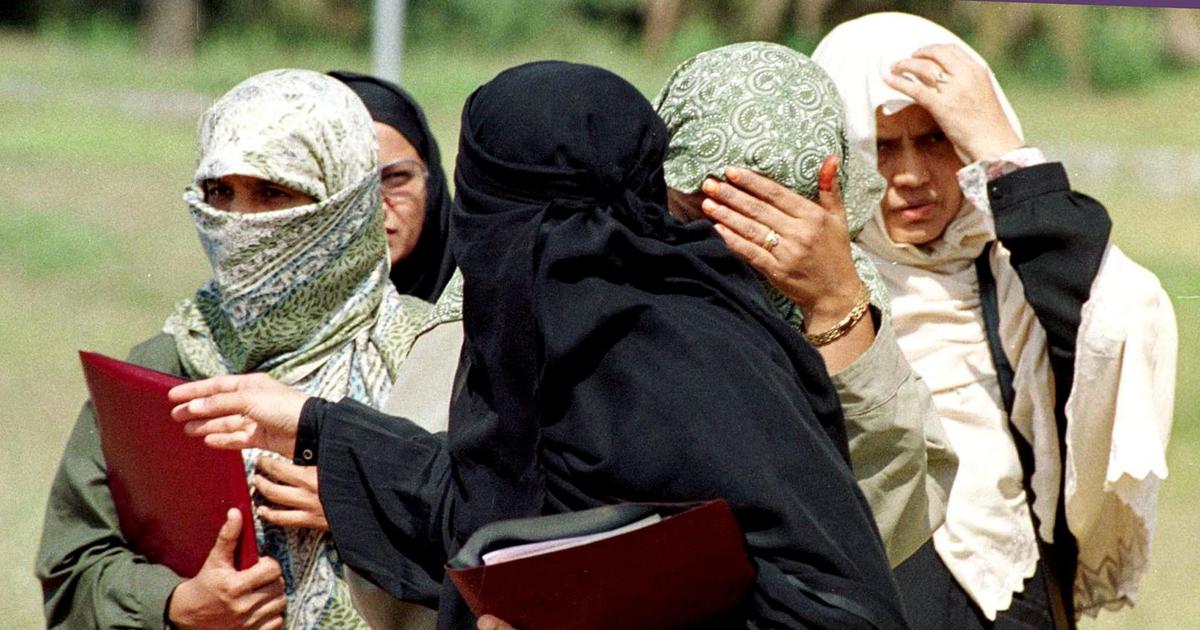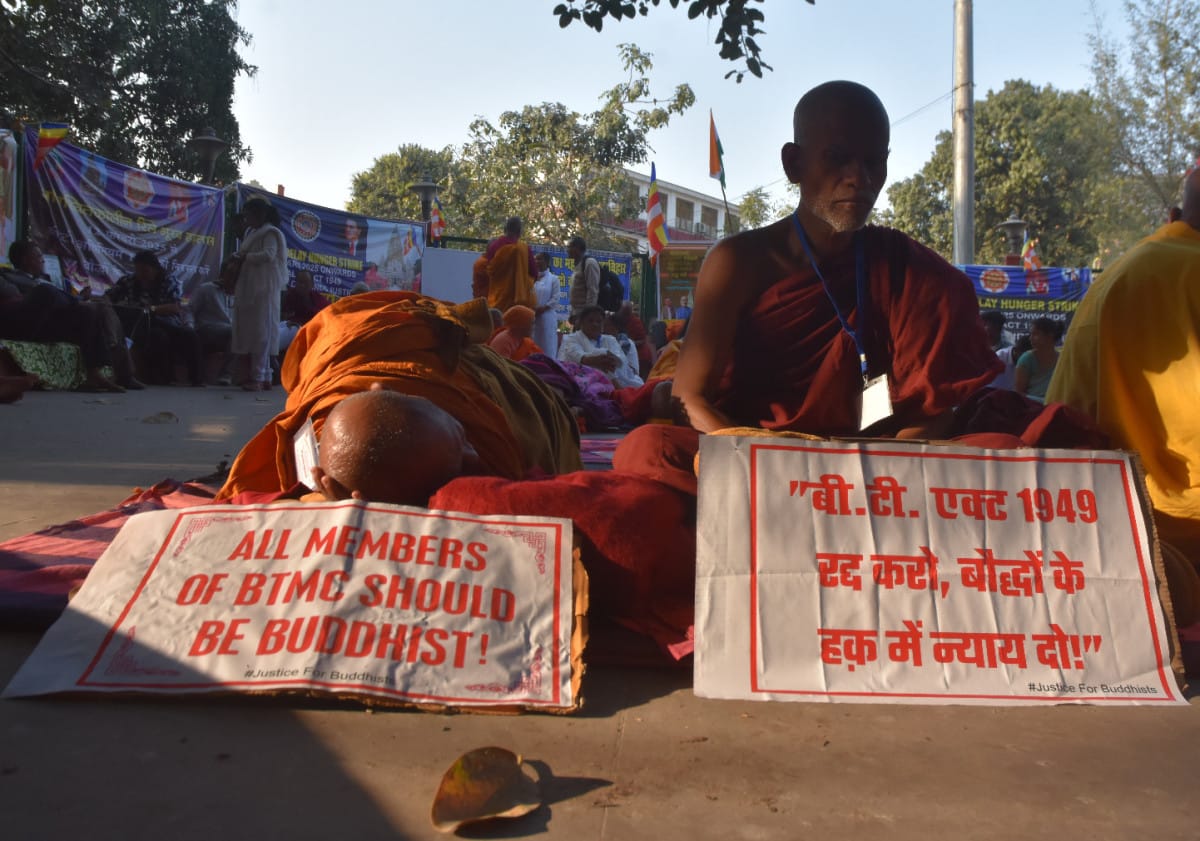Posted by Nelofar Gulnar
What does it mean to be ‘modern’? What is the minimum length of cloth which equates you to being a ‘modern, civilized woman’?
Well, I am quite engrossed with these questions. Having my voice heard in some social spaces is getting difficult day by day. The reason is quite simple; my attire never matches the tastes of a ‘modern’ woman. It is as if I am dimensionally incorrect in terms of modernity. I am conveniently generalised as ‘conservative, narrow minded and old fashioned’. I may also get a tagline of being ‘an oppressed woman’, who is advocating for her own captivity. That sounds hilarious!
I had experienced a similar situation, when my teachers disregarded my request to wear hijab during a small speech, I was asked to deliver to an open audience. When they found that I was quite adamant to wear hijab, they suggested a second option of talking to my parents. This was, in fact, another way of expressing their notion that women don’t choose hijab, but it is forced on them. It hurt me deeply and thus I replied, ‘No Ma’am. It’s my decision, not my parents’. I ‘chose’ to wear it.’

And soon, I was replaced by some other girl. As I left the hall, I kept wondering whether I am living in a secular and democratic nation.
As terror is a highly profitable marketing tool in the world of media, certain signs, clothes or even words having Islamic connotations are brandished as ‘terrifying’ and ‘uncivilized’. Purdah or Hijab is one among such zillions of words.
If the word Purdah evokes in your minds, an image of fully clad women chained in the four walls under the Taliban regime, Iran or Saudi Arabia, then you are gravely wrong. Saudi Arabia or Taliban is not the ideal political model of Islam, as Islam calls for the separation of state and religion. Moreover, the state sponsored morality of autocratic regimes goes against the Quran which states that ‘There is no compulsion in religion’ (2:257). Thus, nowhere does Islam accommodate the concept of women being chained within the four walls of their homes.
The word ‘Purdah’ in itself is vaguely interpreted by both misogynistic clerics and western liberalists. When different forms of modesty and Purdah exist in other religions, I wonder, why is the Islamic way of covering up thought to be too oppressive? It is time that religious and liberal zealots ponder over on which camp will they place Virgin Mary, who is always depicted with her head covered, and considered as an exemplary for Muslim men and women in Quran.

As terror is a highly profitable marketing tool in the world of media, certain signs, clothes or even words having Islamic connotations are brandished as ‘terrifying’ and ‘uncivilized’. Purdah or Hijab is one among such zillions of words.
For me, the true concept of Purdah asks both men and women to instill the values of modesty and righteousness, and thus to dwell on a jihad to excel in inner spiritual beauty.
Also read: The AR Rahman Controversy And Hijab As A Political Symbol
But, why do I say so?
Because Purdah is not born out of a narrow minded patriarchal society to subjugate women. The state of women at the time of arrival of Islam or Muhammad stands testimony to this fact. Girls were deemed to bring disgrace such that many ‘proud’ fathers of some tribes buried them alive. Women were treated worse than animals. Yet, with the arrival of Islam, women were given the right to inheritance, the right to divorce their husbands and the right to have education. Women got the freedom to own their body and they were not be left at the mercy of male vulgarity. Thus, sexual anarchy came to a sudden halt with a deep emphasis on values.
Moreover, Islam categorically refutes the patriarchal notion that women must be held for the moral responsibility of the whole society. How you ask?
By placing the responsibility of hijab on men first, not on women.
‘Say to the believing men that they restrain their eyes and guard their private parts. That is purer for them. Surely, Allah is well aware of what they do’ [24:31]
This teaching was exemplified by the Prophet Muhammad, when a woman described as strikingly beautiful approached the Prophet to seek his guidance on some religious matters. Al Fadl began to stare at her because of her beauty.
Well, noting this, Prophet Muhammad, ‘reached his hand backwards, catching Al Fadl’s chin, and turned his face to the other side so that he could not gaze her’.
It is time that religious and liberal zealots ponder over on which camp will they place Virgin Mary, who is always depicted with her head covered, and considered as an exemplary for Muslim men and women in Quran.
So, rather than blaming Islam and making an easy loophole for the oppressive acts and ideologies of misogynistic clerics, autocratic regimes and savour minded western media, it is time that we tear apart their masks and see the vested interests behind their ‘love’ and ‘hate’ towards Islam. It is time to revive the true Islam by enlivening the history of Ayesha, from whom Prophet Muhammad asked Muslim men to learn half their faith, the history of Umme Ummarah, the Muslim woman who fought bravely in battles and that of Fathima Al Fihri, the founder of world’s first University, The University of Al Quaraouiyine in Morocco.
At a time when women need to stand as a collective, a final word to some feminists; each time you try to avoid my voice in your discussions, judging me to be a traditional, conservative woman, you are becoming a by-product of the patriarchal thought that ‘a woman is what she wears’.
Also read: When Faith Collides With Career: Why UGC-NET Banning Hijab Is Arbitrary
Nelofar is currently pursuing undergraduate degree in Physics from Aquinas College. She is a person who is flanked by science and literature. You can follow her on Twitter and Instagram.
Featured image source: Scroll
About the author(s)
Guest Writers are writers who occasionally write on FII.





The aayah ‘La qum di na qum , wali ya din’ is the most misquoted ayat of Quran. Ironically , it comes as part of Surah Al-Qaafirun which condems the idol worshippers and asks Prophet to leave the idolators be not as an endorsement of their demi gods but as condemnation and as means of ‘walk out’ . Also, Quran does very categorically asks women to dress modestly and also lays down the code of conduct to deal with strangers and even within the family. People may or may not choose to believe any word of it , is their call.
Yes brother excellent explanation you have given they will be the loosers who will be put in the hell fire as it’s fuel and remain there for ever and ever without respite even for a second
Your questions about freedom is wrong it cannot be attributed to how long the cloth you wear it is how much you adhear to the teachings of God almighty who has created this world and each and every living creatures on this land and live freely by following the teachings of the creator then only peace freedome and tranquility can be achieved